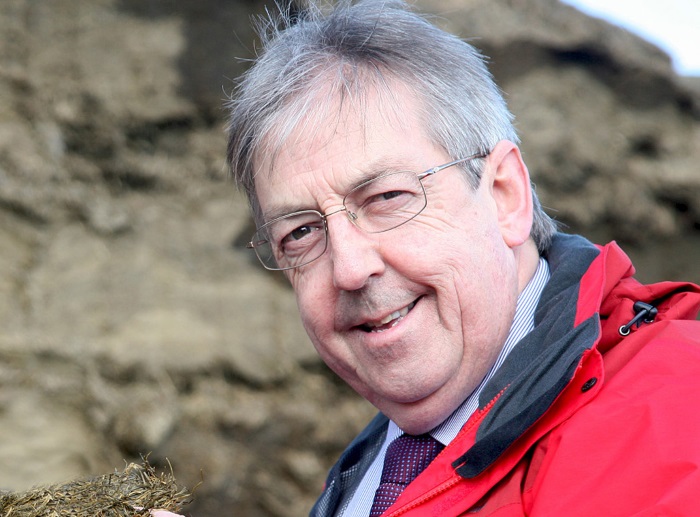Dairy farmers who harvested this year’s first-cut grass silage crops early should seize the opportunity to take subsequent cuts early as well, in a bid to push up silage quality and potentially milk yield, an experienced silage specialist is urging.
According to Ecosyl silage specialist Colin Callender, many farmers cut early this season after the mild start to the year, which now leaves two courses of action.
“Farmers can take subsequent cuts at the normal time,” says Mr Callender, “to end up with the usual number of cuts over the season. Or they can take subsequent cuts early, to end up taking more, smaller cuts over the year.
“With the first option, quality is likely to be lower because you’re leaving grass to grow for longer, so it will contain more stem material and be less digestible.
“With the second option, grass will be more leafy at each cut, so should be of better quality with higher digestibility and a higher metabolisable energy content.
“That’s important because keeping quality up is what’s needed to produce more milk from silage. After heading, digestibility falls by 0.5% per day, and a 1% reduction in digestibility equates to a milk yield reduction of 0.37 litres per cow per day.
“By taking smaller cuts but more of them, you could also end up with the same total silage yield over the season as from taking larger but fewer cuts.”
Already this year, Mr Callender says he had detected increased interest among farmers to improve silage quality through more regular cutting, even before the growing season turned out to be early.
This was probably in response to last year when second-cut silage was harvested late because of the weather, he says, often resulting in a need to supplement it with more bought-in feed because quality had suffered.
“You’ll probably need to pay a bit more attention to detail to preserve silage if you take multiple, early cuts,” continues Mr Callender, “because grass will be lusher, wetter and could contain higher nitrate levels that buffer the fermentation. But the extra quality should outweigh any extra effort.
“Techniques such as wilting quickly to conserve as much sugar as possible in the grass, achieving the correct dry matter, achieving good clamp consolidation so that fermentation starts promptly, and using a quality additive, will all help.
“A quality lactic acid bacterial additive has improved digestibility by an average of 3 D units compared with untreated silage in trials and improved metabolisable energy. But make sure your additive doesn’t just stop there. Check also that it’s proven to improve milk yield. After all, that is your ultimate aim.
“Clearly, dry weather will hold back grass growth. But fields that were cut early seem to have recovered well because they still had enough moisture in the ground.
“Heavy dews also help with re-growth, and younger leys and shorter grass also seem to tolerate drier conditions better than grass that’s left to grow longer and goes yellow at the base.
“The guiding principle is to see how well grass has recovered from the previous cut when deciding when to cut it next,” Mr Callender adds.


